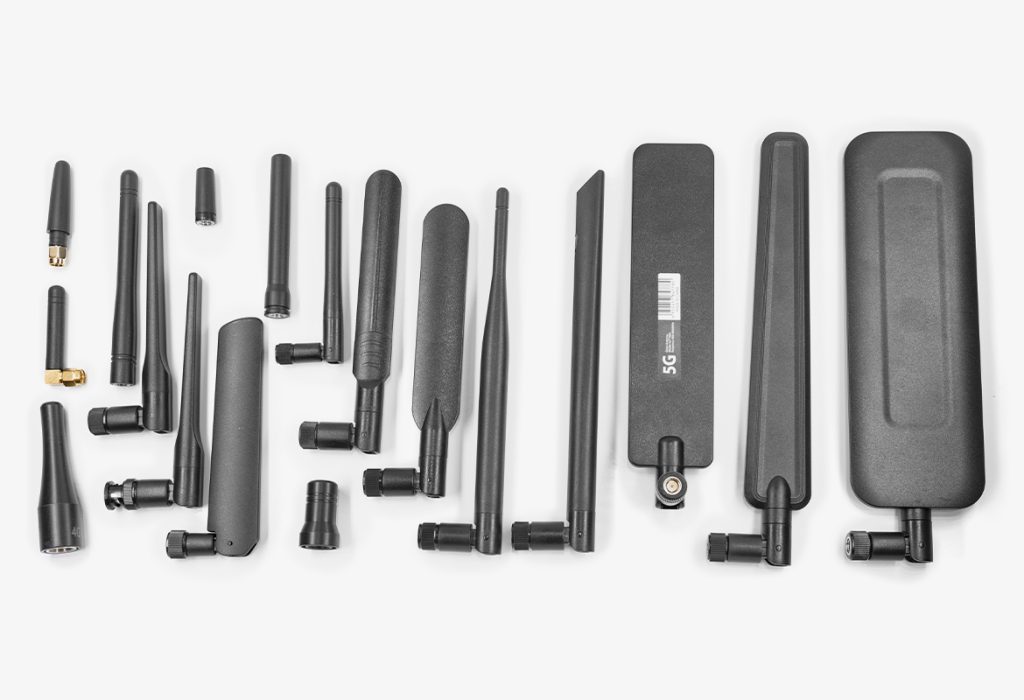In today's digital age, wifi antennas play a crucial role in ensuring seamless connectivity. Understanding their evolution can provide insights into how we connect to the internet and the advancements that have shaped our wireless experiences.

Understanding Wifi Antennas
Wifi antennas are essential components that facilitate wireless communication. They convert electrical signals into radio waves, allowing devices to connect to the internet without physical cables. But how have these antennas evolved over time? The journey from basic designs to advanced technology is fascinating and reflects the rapid advancements in wireless communication.
Early Designs of Wifi Antennas
Initially, wifi antennas were simple and often omnidirectional. These basic designs allowed signals to be transmitted in all directions, which was suitable for early home networks. However, as demand for faster and more reliable connections grew, the limitations of these antennas became apparent. Users began to experience issues such as dead zones and weak signals in larger spaces.
Advancements in Wifi Antenna Technology
To address these challenges, engineers developed more sophisticated antenna designs. Directional antennas emerged, allowing users to focus the signal in a specific direction. This innovation significantly improved range and performance. Additionally, the introduction of MIMO (Multiple Input Multiple Output) technology revolutionized wifi antennas by enabling multiple signals to be transmitted simultaneously. This advancement has led to faster data rates and improved reliability.
Types of Wifi Antennas
- Omnidirectional Antennas: These antennas radiate signals in all directions, making them ideal for general use in homes.
- Directional Antennas: Designed to focus signals in a specific direction, these antennas are perfect for long-range connections.
- Yagi Antennas: A type of directional antenna that provides high gain and is often used for point-to-point connections.
- Panel Antennas: These antennas are flat and can be mounted on walls, offering a balance between omnidirectional and directional capabilities.
Choosing the Right Wifi Antenna
When selecting a wifi antenna, consider factors such as range, frequency, and the specific needs of your environment. For instance, if you live in a large home, a directional antenna might be more effective in eliminating dead zones. Conversely, for smaller spaces, an omnidirectional antenna may suffice.
For those looking to enhance their connectivity, exploring options like external antennas can be beneficial. You can find a variety of high-quality antennas at  , which can significantly improve your wireless experience.
, which can significantly improve your wireless experience.
The Future of Wifi Antennas
As technology continues to advance, the future of wifi antennas looks promising. Innovations such as beamforming and the integration of AI in antenna design are set to enhance performance further. These advancements will not only improve connectivity but also adapt to user needs in real-time.
In conclusion, understanding the evolution of wifi antennas is essential for anyone looking to optimize their wireless experience. From basic designs to advanced technology, these antennas have come a long way, and their future holds even more exciting possibilities.














